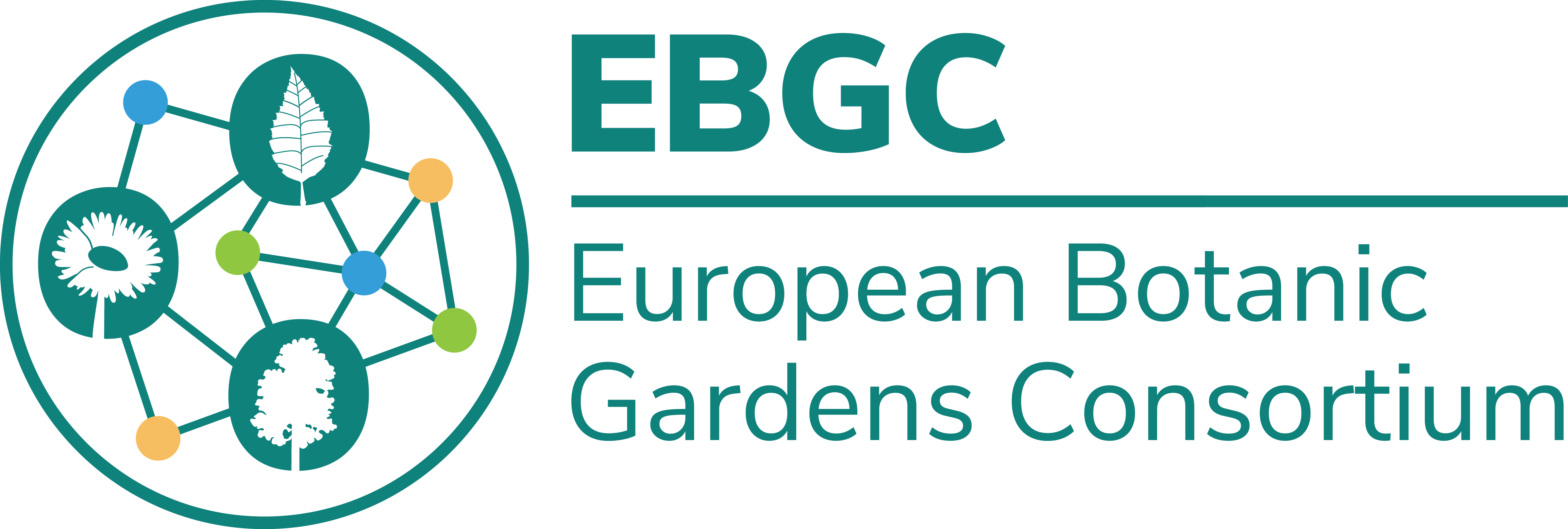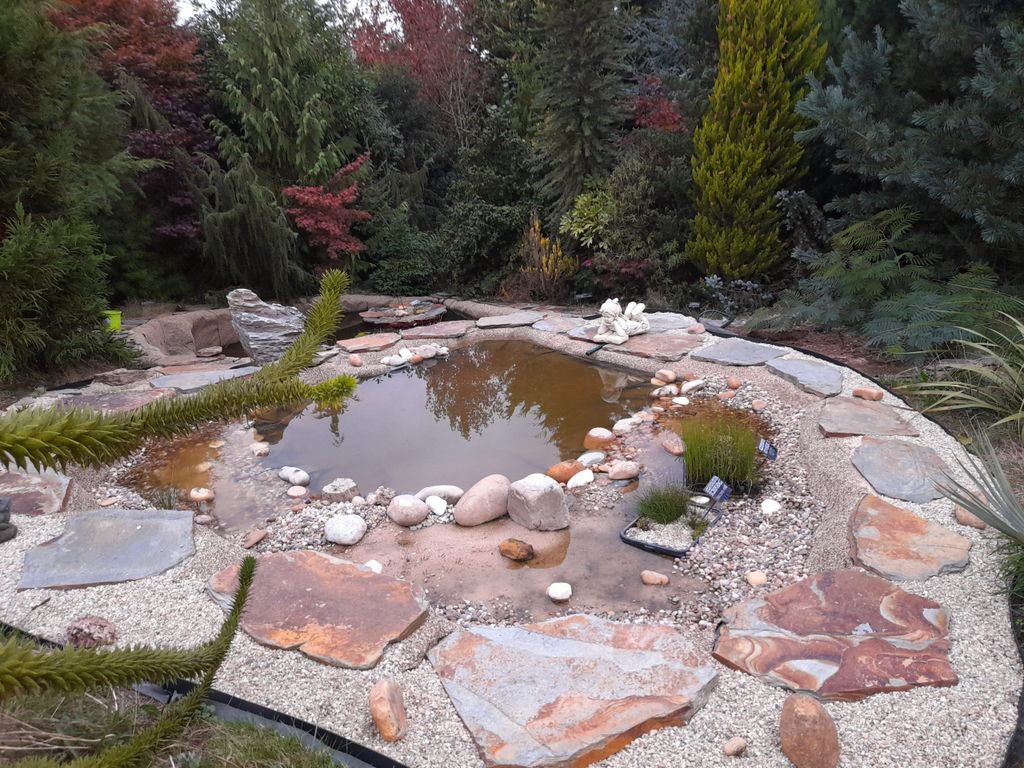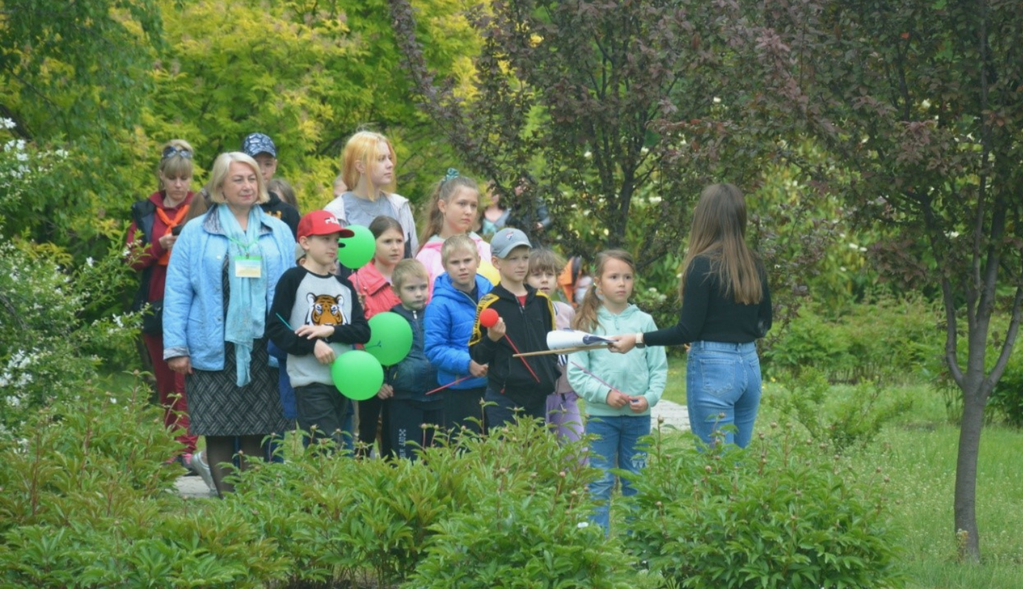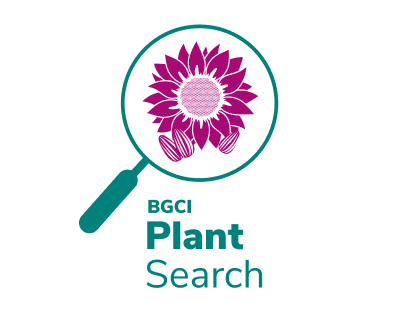Europe
Supporting | Connecting | Collaborating
- About the Region
- European Botanic Gardens Consortium
- Consortium Members
- Meetings & Congresses
- Projects, News & Activities
- Resources
Botanic Gardens in Europe
There are more than 900 botanic gardens in Europe, most of which are members of national networks linked under the European Botanic Gardens Consortium.
These botanic gardens receive more than 120 million visitors each year and are the major way in which the people of Europe can gain access to information on the diversity and importance of the world’s plants. Many botanic gardens in the Europe are also leading institutions of world significance in botanical research, plant conservation, education and horticulture.
Collections
Their plant collections include more than 160,000 taxa of higher plants.
Their herbaria (154) hold over 50 million specimens from all over the world.
Amongst them are over 150 seed banks, conserving important collections not only of wild flora, but also of species of agricultural interest and containing tens of thousands of seed accessions – one of the most important genetic reserves in the world.
Their museum and library collections are some of the most important and extensive in the world – an important part of the Europe’s heritage and culture and an essential resource for botanical studies.
BGCI works with botanic gardens in Europe through its support for the European Botanic Gardens Consortium and its involvement in European plant conservation, capacity building and education projects.
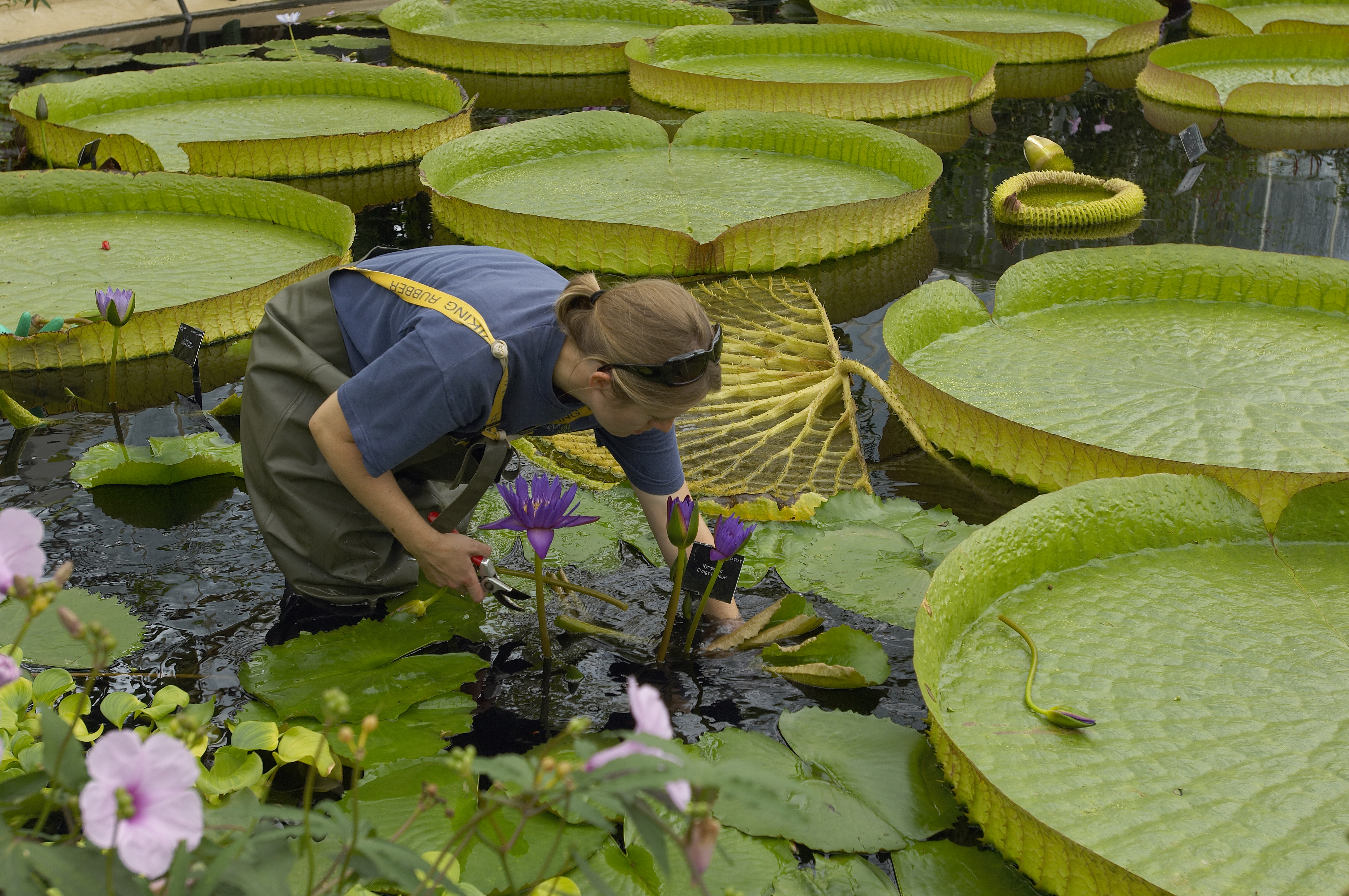
European Botanic Gardens Consortium
There are over 900 botanic gardens in Europe and in most countries these are linked through national botanic garden network. Representatives of the national networks come together in the European Botanic Gardens Consortium, of which BGCI is the convenor.
The Consortium was established in 1994 to plan Europe-wide initiatives for botanic gardens, especially within the context of implementation of the Convention on Biological Diversity and other European biodiversity policies and strategies.
The Consortium consists of representatives of all EU member countries, along with Iceland, Norway, Serbia, Switzerland and the United Kingdom. The Consortium meets twice yearly, with meetings being hosted by member gardens.
The Consortium acts as a valuable conduit for information flow and co-operation between the national associations of botanic gardens as well as between individual institutions. As well as organising regular European Botanic Gardens Congresses, the Consortium has also promoted and helped to lead other significant international initiatives, such as the IPEN – the International Plant Exchange Network.
The activities of the Consortium have included the development and publication of an Action Plan for Botanic Gardens in the European Union. The Action Plan is recognised as an important component of and contribution towards the achievement of other international initiatives, such as the European Commission’s Biodiversity Strategy, the European Plant Conservation Strategy and the International Agenda for Botanic Gardens in Conservation.
European Botanic Gardens Consortium ACTION Plan
Edited and compiled by Judith Cheney, Joaquin Navarrete Navarro and Peter Wyse Jackson for the European Botanic Gardens Consortium, first published in 2000.
The action plan sets out for botanic gardens in the EU more than 30 objectives on science and horticulture; heritage and culture; conservation of biodiversity; education, training, and awareness; networking and cooperations; capacity building; and funding to implement the Action Plan.
This provides an EU wide framework and shared set of priorities and defines a role for botanic gardens in the 21st Century, with common, agreed targets.
The purpose is to provide a methodology for examining an institutional response;
- what is its mission?
- is it clearly understood and defined?
- what are its roles in botanical research, conservation, education and horticulture?
- can all staff be involved in the preparation of a response to the action plan?
| (A) Science & Horticulture | |
| A1 | Promote Botanic Gardens as resource centres for scientific research |
| A2 | Facilitate access to scientific and horticultural information in Botanic Gardens |
| A3 | Consolidate Botanic Gardens as major centres of taxonomy |
| A4 | Consolidate Botanic Gardens as research centres for identification, biodiversity conservation, and sustainable use |
| A5 | Promote and consolidate Botanic Gardens as major centres of horticultural expertise |
| (B) Heritage, Culture & Tourism | |
| B1 | Seek recognition of the heritage value of Botanic Gardens |
| B2 | Raise awareness of the roles of Botanic Gardens in European history, development of botany, horticulture, etc. |
| B3 | Promote the importance of architectural heritage in European Botanic Gardens |
| B4 | Promote an appreciation of landscape and garden styles in Botanic Gardens |
| B5 | Recognise and promote botanic garden libraries, herbaria, museums in Botanic Gardens |
| B6 | Safeguard and document important artefacts, structures, and collections of historical importance |
| B7 | Promote Botanic Gardens as important tourist attractions |
| (C) Conservation of Biodiversity | |
| C1 | Ensure in-situ conservation and assessment |
| C2 | Develop management of ex-situ collections |
| C3 | Develop management and analysis of data and information |
| C4 | Ensure garden management that promotes biodiversity conservation and sustainable use |
| C5 | Implement and influence national and international biodiversity policies |
| (D) Education, Training & Awareness | |
| D1 | Develop Botanic Gardens as centres for environmental education |
| D2 | Promote Botanic Gardens to schools as centres for environmental education |
| D3 | Promote Botanic Gardens as resources for higher education and training |
| D4 | Present information to the public in a variety of ways |
| D5 | Promote Botanic Gardens to the public as centres for information on plants |
| D6 | Encourage public debate about issues relating to plants |
| D7 | Ensure that the garden’s message is clear and consistent |
| D8 | Raise the status of education |
| (E) Networking & Cooperation | |
| E1 | Develop a network for scientific research and horticultural activities |
| E2 | Develop and strengthen networks to improve conservation of biodiversity |
| E3 | Develop and strengthen national networks to improve education by Botanic Gardens |
| E4 | Develop closer networking to promote staff training in Botanic Gardens |
| E5 | Participate in and form local networks |
| E6 | Work together internationally |
| E7 | Develop an efficient network |
| (F) Capacity Building | |
| F1 | Build efficient management of resources |
| F2 | Improve and develop staff skills and training |
| F3 | Build and implement a policy on collaboration to assist Botanic Garden capacity |
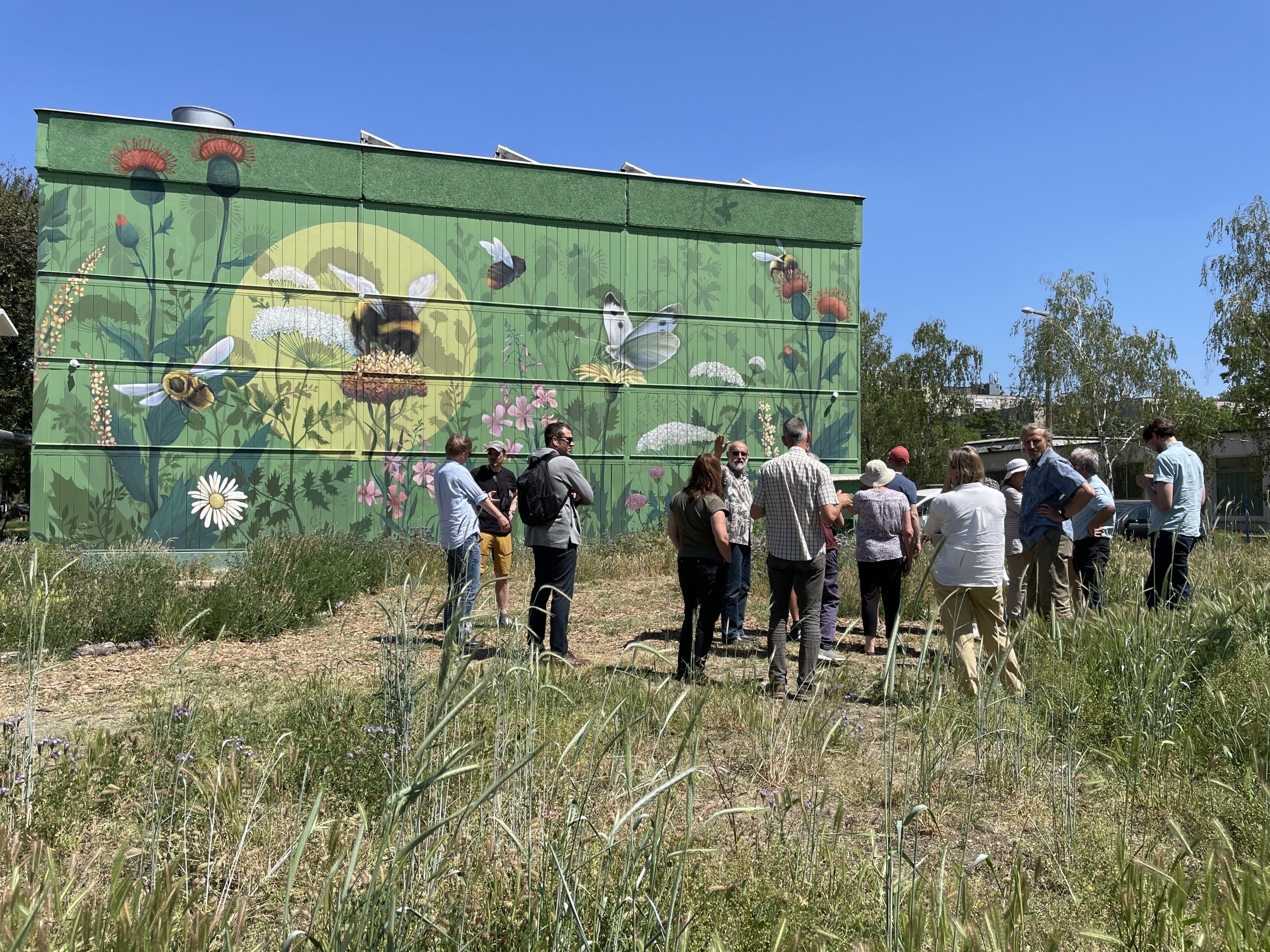
Consortium Members
Representatives of the national networks across Europe come together in the European Botanic Gardens Consortium, of which BGCI is the convenor.
Click on the map below to see consortium members for each country and click on the link to the national network or Botanic Garden consortium lead for that country.
MAP UNDER CONSTRUCTION (Blue icons, BGCI members, Brown Icons: Not BGCI members, Purple icons: Garden not in GardenSearch)
Consortium Members:
- AUSTRIA: Austrian Consortium of Botanic Gardens
- BELGIUM: Vereniging van Botanische Tuinen en Arboreta
- BULGARIA: University Botanic Gardens, Sofia, Varna, and Balchik
- CROATIA: Croatian Botanical Society
- CYPRUS: no formal national network
- CZECHIA: Czech Botanic Gardens Union
- FINLAND: Network of Finnish Botanic Gardens)
- DENMARK: no formal national network
- ESTONIA: no formal national network
- FRANCE: Jardins botaniques de France et des pays francophones
- GERMANY: Verband Botanischer Garten
- GREECE: National Network of Greek Botanic Gardens
- HUNGARY: Hungarian Association of Arboreta and Botanic Gardens
- ICELAND:
- IRELAND: PlantNetwork – Plant collections Network of Britain and Ireland
- ITALY: Gruppo Orti Botanici e Giardini Storici della Societa Botanica Italiana
- LATVIA: Botanic Gardens of Latvia
- LITHUANIA: Association of Lithuanian University Botanic Gardens
- LUXEMBOURG:
- MALTA:
- NETHERLANDS: Dutch Association of Botanic Gardens
- NORWAY: Nettverk for norske botaniske hager
- POLAND: The Council of Botanical Gardens in Poland
- PORTUGAL: Associação Ibero Macaronésica de Jardins Botânicos, AIMJB
- ROMANIA: Association of Romanian Botanic Gardens, AGBR
- SERBIA:
- SLOVAKIA:
- SLOVENIA: Slovenian Botanic Gardens and Arboretums
- SPAIN: Asociación Iberomacaronésica de Jardines Botánicos, AIMJB
- SWEDEN: Swedish National Botanic Gardens (SNBG)
- SWITZERLAND: Hortus Botanicus Helveticus
- UNITED KINGDOM: PlantNetwork, Plant collections network of Britain and Ireland
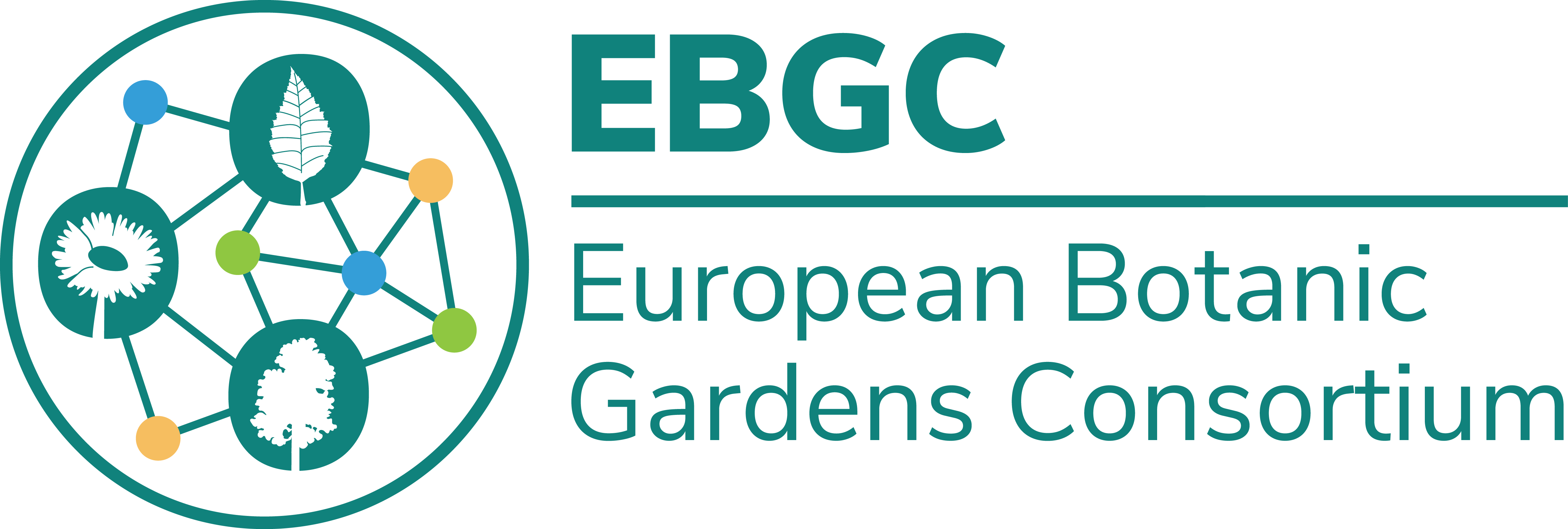
Meetings & Congresses
Meetings:
The Consortium meets twice yearly, once virtually and once in person, with meetings being hosted by member gardens in a rotational basis.
- Next virtual meeting: April-May 2025 – date to be confirmed
- Next in person meeting: 22-26 September 2025 – Roma, Italy

VMU Botanical Garden, Kaunas, Lithuania
For past meeting minutes and Country reports please follow this link:
Congresses:
The Consortium acts as a valuable conduit for information flow and co-operation between the national associations of botanic gardens as well as between individual institutions. The Consortium organises regular European Botanic Gardens Congresses, EuroGard.
Next Congress: will be held 22-26 September 2025, Rome, Italy.
- EuroGard 9 (2022), Budapest (Hungary): Botanic Gardens – where people & plants meet Proceedings
- EuroGard 8 (2018), Jardim Botânico da Ajuda (Portugal): European Botanic Gardens in the Decade on Biodiversity Proceedings
- EuroGard 7 (2015), Museum National d’Histoire Naturelle (Paris): Botanic Gardens, People, & Plants for a Sustainable World – Challenges & responsibilities in the countdown to 2020 Proceedings
- EuroGard 6 (2012), Chios Island (Greece): European Botanic Gardens in a Changing World Proceedings
- EuroGard 5 (2009), Helsinki (Finland): Botanic Gardens in the Age of Climate Change Proceedings
- EuroGard 4 (2006), Pruhonice (Czech Republic): Botanic Gardens & the 2010 Challenge Proceedings
- EuroGard 3 (2003), National Botanic Garden of Belgium: Proceedings
- EuroGard 2 (2000), Gran Canaria: Eurogard 2000 Proceedings
- EuroGard 1 (1997), Royal Botanic Gardens (Edinburgh): Eurogard 97 Proceedings
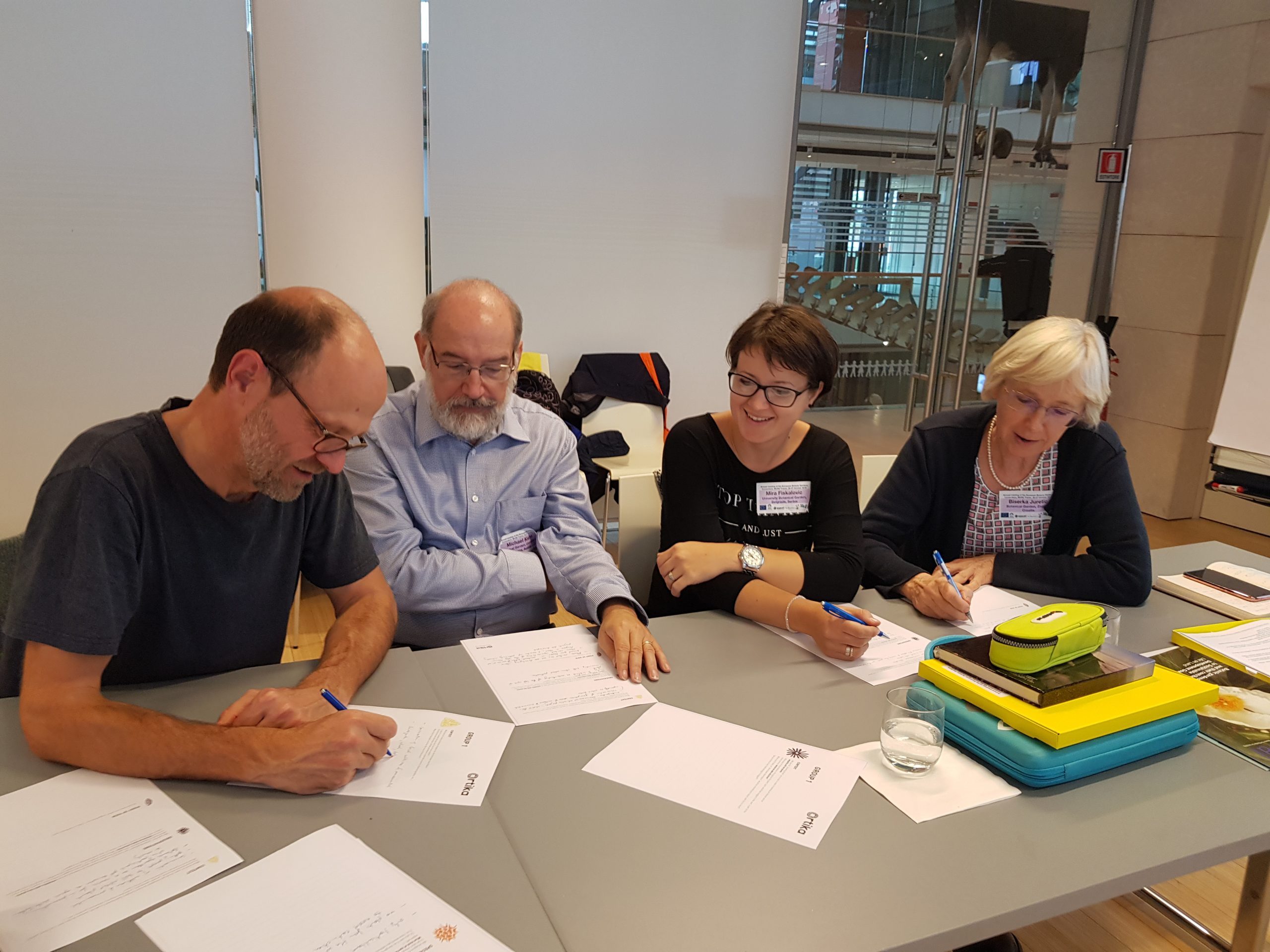
EBGC Meeting (Trento 2018)
Projects & Activities
Alongside many projects and activities happening across Europe, the European Botanic Gardens Consortium is working on two important ongoing programmes:
International Plant Exchange Network (IPEN)
The objective of IPEN is to foster the non-commercial use of plant genetic resources by its members, and to provide a sound basis for cooperation, documentation, transparency and communication, taking into account the concerns and needs of both the providers and the users of genetic resources.
Potential Invasive Alien Species
An EU regulation on the prevention and management of the introduction and spread of invasive alien species came into force on the 1st January 2015. The new regulation aims to address the adverse impact alien invasive species have on biodiversity, ecosystem services, human health and the economy in the EU Member States.
Related News from the Region
Share
